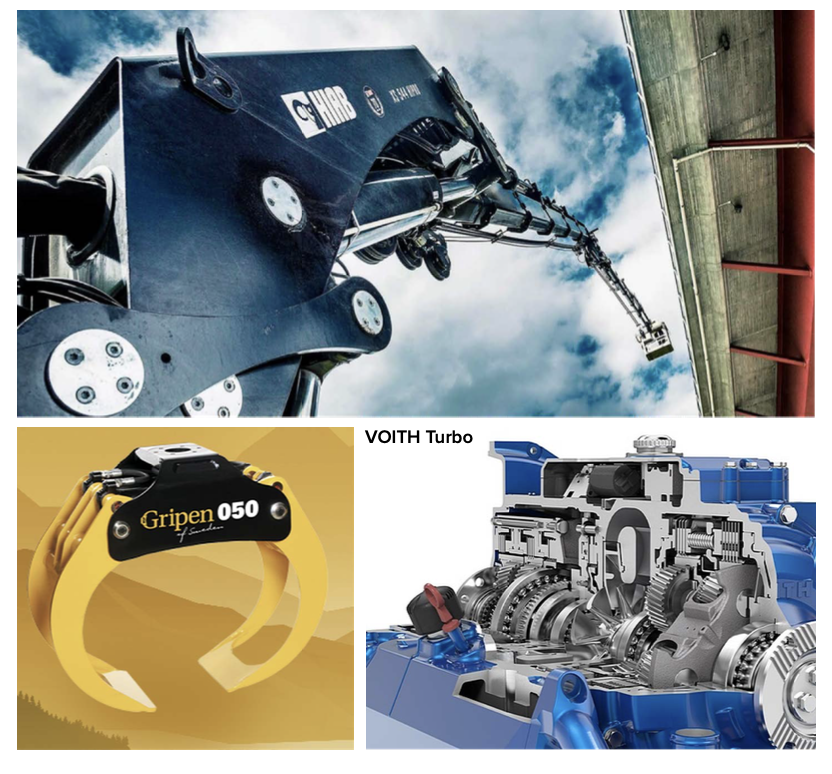RISE Research Institutes of Sweden, a leading research and innovation partner, describes its journey toward digitalisation with a zero-energy consumption sensor system
RISE Research Institutes of Sweden, a leading research and innovation partner, ensures the competitiveness of the Swedish business community on an international level and contributes to a sustainable society.
The rapid development and adoption of digital technologies in combination with green transitions have proven to be feasible and sustainable solutions for environmental care, optimising energy consumption/efficiency, and ultimately transforming people’s habits. However, technologies require energy to be manufactured, to operate, and generate electronic waste. Therefore, the challenge is to find smart solutions to minimise these risky effects while boosting the possibilities for transitions to Net Zero energy.
Scientific and technological developments are addressing all these aspects, from environmentally friendly materials to sustainable manufacturing practices and a decrease in device power consumption. Furthermore, there is a focus on developing software to optimise device energy consumption, particularly for wireless data transmission. Additionally, efforts are being made to harvest energy from the ambient environment, which would otherwise be lost, and convert it into usable energy.
Energy harvesting from, for example, wind, solar, and water is a successful solution for ‘macro’ consumption. Now comes the challenge of how to harvest this environmental energy for smaller, smarter devices that need power, today often using batteries for IoT applications or industrial equipment. Devices based on energy harvesting can reduce the number of utilised batteries by increasing their lifetime (via charging) or even eliminating them, and the energy distribution infrastructure allows for a radical reduction of the negative impact on the environment.

Zero-energy consumption
The industry is already using a large number of (wireless) sensors, and this number will increase significantly. Miniaturised sensors with zero-energy consumption is one of the many needs that the industry is becoming highly interested in. This is seen in the increased number of Swedish and European projects where this relatively new technology is showing its potential and allows for a faster transition from lab research towards in-field applications.
Zero-energy sensor systems can be smaller and lighter, thus easier installation into a car’s smart tyre, as developed in the EU ECSEL JU project ‘Energy ECS’. Where we are developing a strain-based energy harvester to power up and run the Nokian Tyres’ smart sensor (Fig. 1). Or include in the development of technologies for digitised and intelligent power electronics to enable sustainable and resilient energy generation and applications, as in Chips JU & EU project ‘PowerizeD’.
Here, we also show the potential of an additional zero-energy wireless sensor system by using thermal gradients to obtain real-time and real-life data. These will allow for improved simulation models, which will increase the lifetime of power electronics devices and systems, as well as active and integrated control and monitoring approaches.
Or in our industrial projects financed by Vinnova and innovation program ‘Smarter Electronic Systems’ for the development of zero-energy sensor system for hydraulic systems and industrial equipment together with Hassela Skogsprodukter/HSP Gripen, Olsbergs Electronics/HIAB, Voith Turbo Safeset and HHK. For these applications, we are using multiple energy sources such as vibration, torque, and thermal gradient.
All these projects show that just the development of an energy harvester without taking into consideration the whole harvesting system (the equivalent of a battery) is not enough and, most of the time, not helpful. Harvested energy cannot be, most of the time, directly used by electronic devices. Thus, it needs first to be electrically converted. It is not available continuously; thus, it needs to be stored in a supercapacitor or rechargeable battery when the sensor is not active. The power management electronics control all these operations. A functional harvesting system is a complex system challenging the designers as it requires simultaneous tackling of all components – extremely low power consumption and, at the same time, high efficiency – even boundaries and their matching are contradictory.

For high-performance and robust zero-energy sensor developments and faster adoption by industry, it is vital for the technology to come out of the lab and be tested in real-life conditions and on the field, as well as having industrial projects with their direct hands-on.
At RISE, Research Institutes of Sweden, we design and develop these types of energy harvesting systems for real-life applications, taking into consideration their requirements and specifications and their long-term and self-sustaining functioning (Fig 2).

This work is licensed under Creative Commons Attribution-NonCommercial-NoDerivatives 4.0 International.


